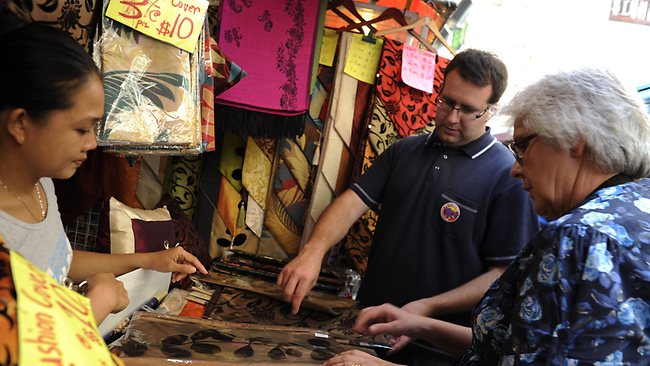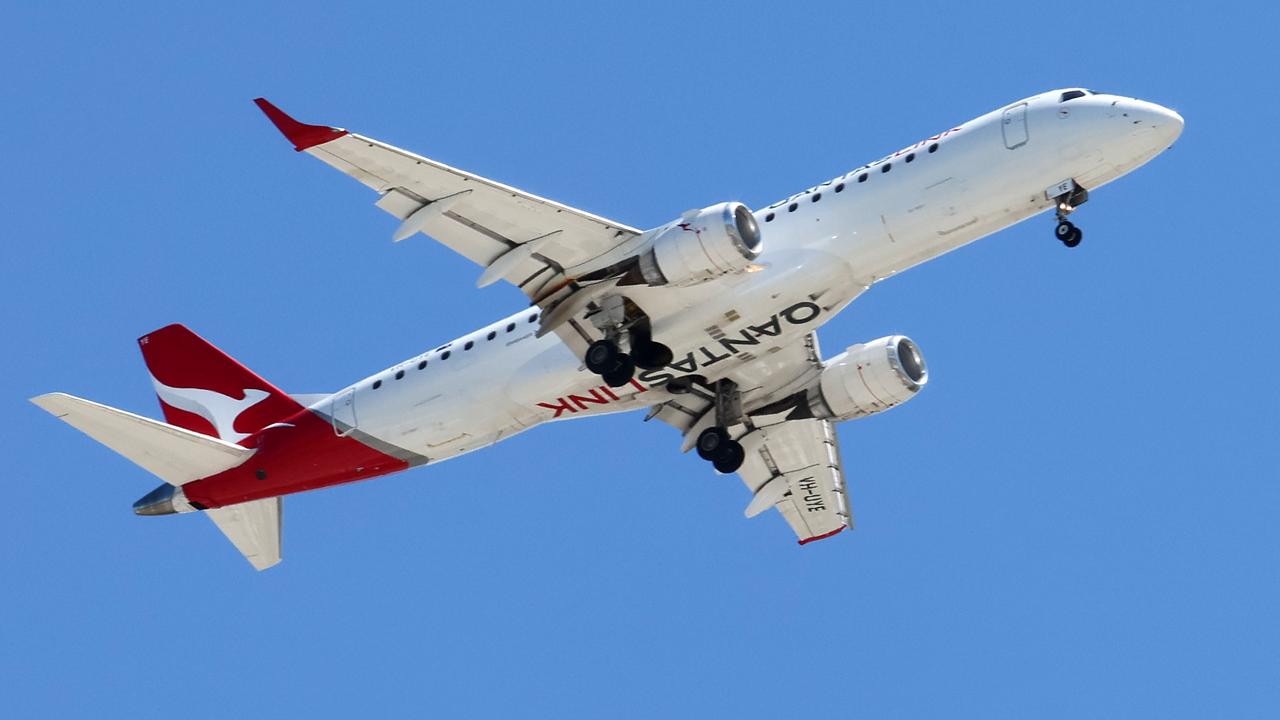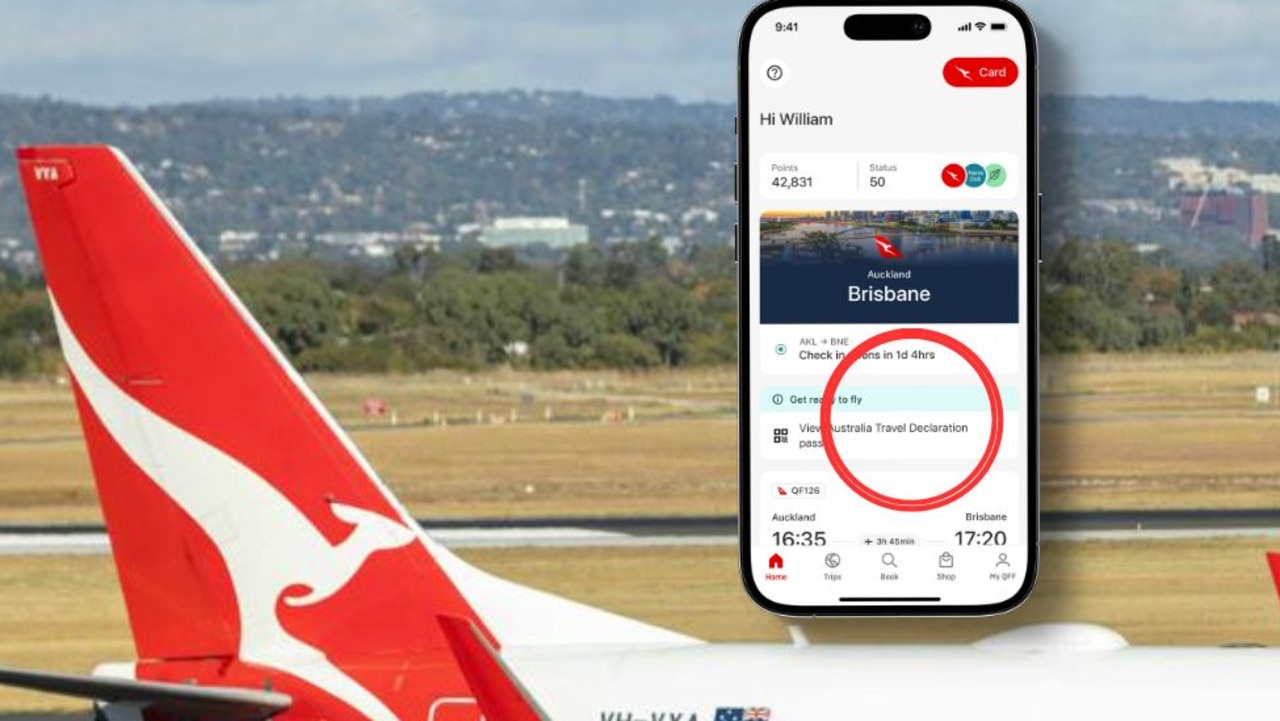Rein in credit card expenses
CREDIT cards are handy when you're overseas, but be careful not to get stung by additional fees

DO YOU use plastic for spending while exploring the world? If the answer is yes then maybe it's time to check if that plastic is quite so fantastic the minute you leave our shores.
According to research by financial comparison website RateCity (ratecity.com.au), record numbers of Australians heading overseas this summer could be spending more than "$300 million more than we need to" on credit and debit card fees.
To put it in perspective, RateCity chief executive officer Damian Smith says some Aussie travellers are being charged as much as $10 to withdraw their own money at international ATMs.
"Many travellers may not realise that using their everyday cards overseas could be costing hundreds of dollars," Smith says. "In fact, for the more than seven million Australians who travel overseas each year we estimate that, collectively, they are being slugged over $300 million to access their own funds while on holiday."
The average foreign currency conversion fee for credit cards, according to RateCity, is 2.7 per cent of transaction value, while the average international ATM fee is about $5 a transaction .
"There are 93 credit cards and 60 debit cards that charge below these averages, and five that charge no fees," he says. "There is no good reason why one bank charges nothing for a currency conversion fee while another charges 3 per cent, for instance. In Australia, you can usually walk to another ATM to avoid these charges, but when you're overseas your options are more limited.
"Despite that, many of these foreign charges are largely avoidable by getting a different, low-fee card for your holiday travel.
"Most of us don't think to have different cards for home and overseas but if overseas travel is going to be a regular feature of your life, it's worth having different cards for these different purposes."
Smith says often travellers focus too heavily on the rewards offered by credit cards.
"There are the travellers who take out rewards cards in the lead-up to a holiday we all feel like we're winning if we can land an airfare or a free upgrade on a flight. But, mostly, those rewards don't stack up to the value of the annual fee."
If you spent $1000 a month using a typical rewards card you'd score about $101 worth of annual rewards but you'd be paying $134 in annual fees.
"It's even worse if you only spent $500 a month," Smith says. "You'd earn $50 worth of rewards, but pay $134 in annual fees so you end up $84 behind."
The annual cost of using credit and debit cards overseas
- Number of Australians travelling overseas annually: 7.11 million
- Approximate average credit card spend while overseas: $1000
- Average foreign currency fee: 2.7 per cent
- Annual foreign currency fees: $191.7 million
- Average number of ATM withdrawals: 4
- Average international ATM fee: $5
- Total annual international ATM fees: $142 million
- Total fees incurred while travelling: $333.7 million



